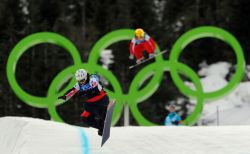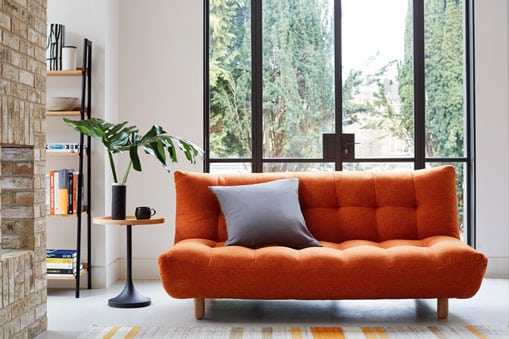
Interior designers and award-winning bloggers, Athena Bluff and Amy Brandhorst from Topology (topologyinteriors.com), have joined forces with Habitat, in a mission to help the nation maximise the space in their homes.
While there’s nothing anyone can do about the bricks and mortar and actual dimensions of your property you live in, their seven home hacks could help you make the best of the space available, meaning rooms feel larger.
Read on for their space-enhancing secrets…
Hack #1: Shine a light
“Ensure you have multiple light sources within a room to maximise light at night,” says Bluff. “You should aim to have around six light sources around the room, which will ‘replace’ natural daylight and allow light to flow through the space. Enhance the effect with mirrored surfaces, which will bounce light around. Those and metallics, which reflect warm light, will create a sense of more space.”
Hack #2: Be free with flooring
“An easy trick for floors to is to continue the hallway flooring into your small room. Creating a visually unbroken flow of space will make it appear as though it’s one big area, and creates an illusion that the floor is expanding,” points out Bluff.
Hack #3: Create colour harmony
“Try painting walls, skirting boards and door frames all the same colour. Painting them different colours can actually break up a space and emphasise the shape and (small) size of the room,” says Brandhorst.”If they’re all the same colour, they’ll blend into one and make the room appear bigger.”
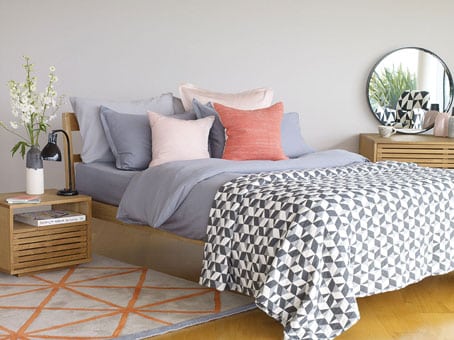
Hack #4: Make a great reflection
“Hang a mirror opposite a window. It’s simple but extremely effective – both in terms of cost and visual impact,” suggests Brandhorst. “The mirror will reflect natural light and instantly brighten up your space, as well as making it appear larger. If you’re feeling creative, play around with different shapes or multiple mirrors to reflect as much light as possible. More light equals more sense of space.”
Hack #5: Choose multi-functional furniture
“Opt for dual usage furniture that can be folded or expanded to suit your needs,” says Bluff. “If there’s only two of you most evenings, opt for a folding table which, with an extension, turns into a four-person dining table for entertaining. Check out sofa bed options, which can easily turn a sitting room into bedroom for guests. Always consider storage in items like ottomans, pouffes, trunks, coffee tables. If there’s a design that also hides clutter (the enemy of small spaces), choose it!”
Hack #6: Embrace the dark side
“This is one for the brave! Don’t be afraid of going dark in small spaces,” advises Bluff. “It may sound counter-intuitive, but dark shades – navy and grey – can actually disguise the perimeters of a room and blur boundaries which extend the space, so don’t feel you can only use ‘Brilliant White’ to achieve a sense of more space. Walk on the dark side – trust us, it works!”
Hack #7: Work the walls
“As you don’t have a lot of floor space to play with, think upwards and make use of walls instead,” advises Brandhorst. “Floating shelves, clothes hooks, wall-mounted magazine racks and bike hooks will allow you to store things like folding chairs, or display belongings without cluttering the floor. Make use of dead space, such as corners, and have wall-mounted shelves.”
Athina Bluff and Amy Brandhorst of Topology Interiors will be hosting special workshops at Habitat’s Tottenham Court Road store in London on February 24. For tickets, further hacks and inspiration, visit habitat.co.uk/smallspaceliving

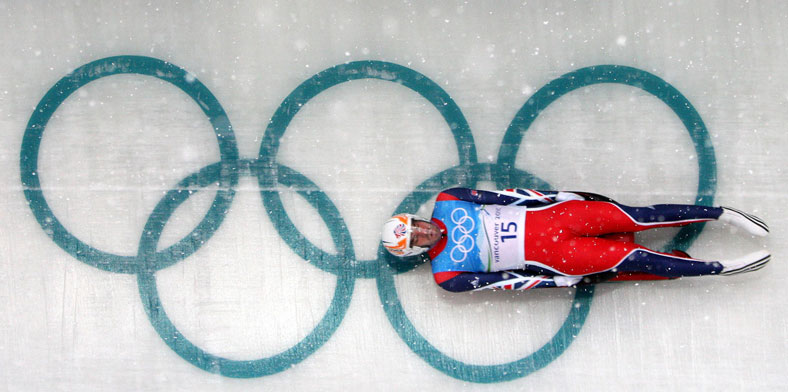
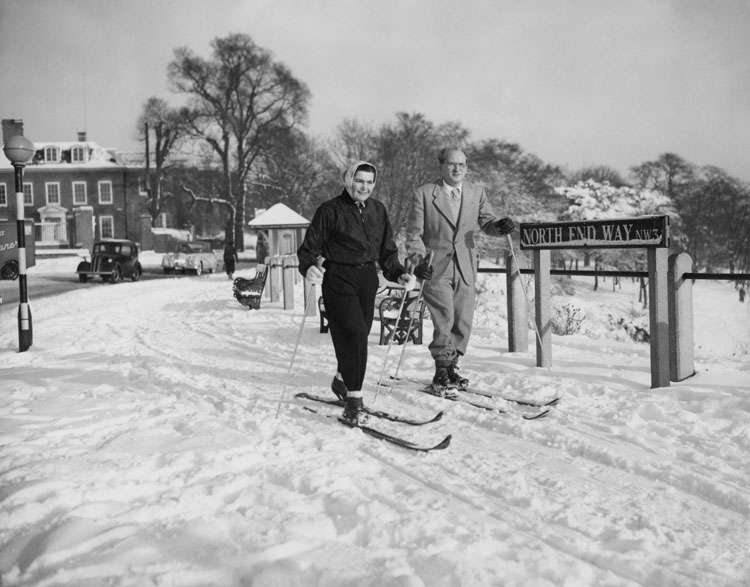 Before the Winter Games were established as their own separate event, the London Summer Games in 1908 actually included figure skating, making it the oldest official Olympic sport and the only event in which women could participate from the very beginning.
Before the Winter Games were established as their own separate event, the London Summer Games in 1908 actually included figure skating, making it the oldest official Olympic sport and the only event in which women could participate from the very beginning.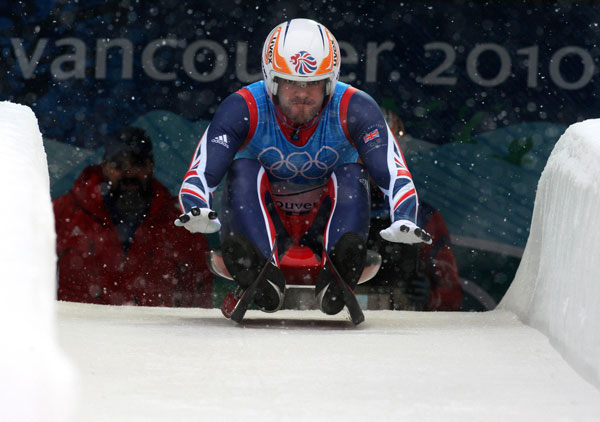 One of the oldest Olympic sports, Luge, which comes from the French word for sledge, sees athletes lying on their backs on a very small sled, and zipping down an icy track at around 140kmph – without brakes!
One of the oldest Olympic sports, Luge, which comes from the French word for sledge, sees athletes lying on their backs on a very small sled, and zipping down an icy track at around 140kmph – without brakes!